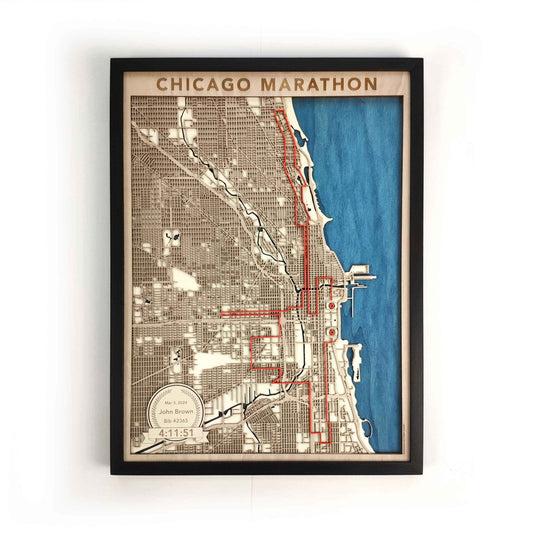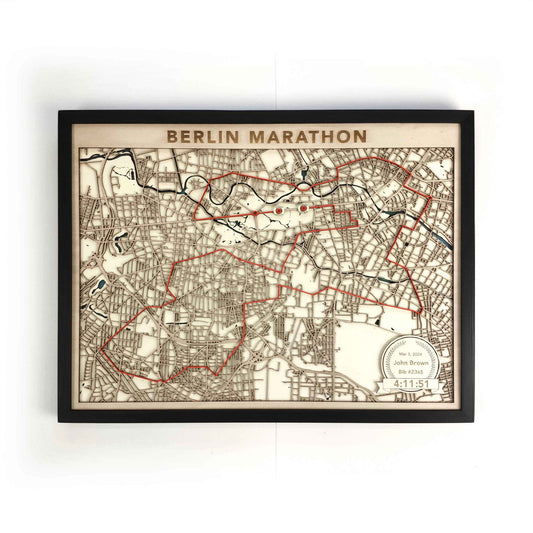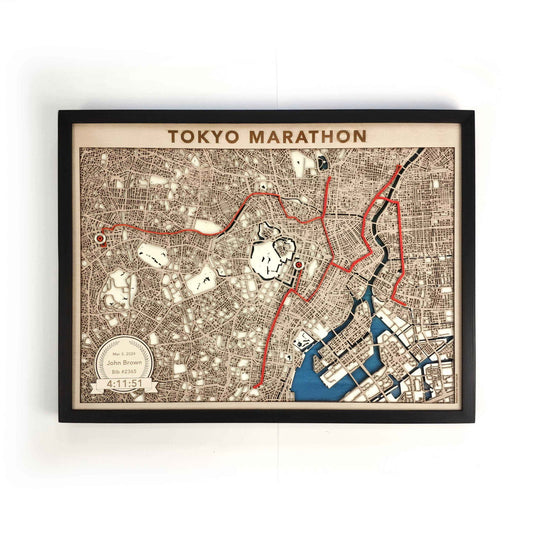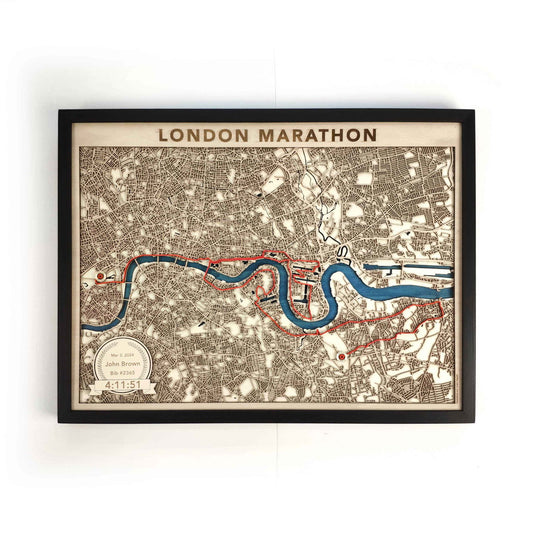In the vast mosaic of endurance sports, marathons stand out like bright, dynamic threads that wind their way through the hearts of cities, telling stories of human grit and resilience. These races unfold against some of the world’s most iconic urban backdrops—whether it's the energy-filled streets of New York, the historic paths of Boston, the sleek architecture of Berlin, or the peaceful vistas of Tokyo. But they're more than just physical contests. Marathons embody a celebration of the runner's journey, a tale of personal victories and shared exhilaration. Each city’s marathon offers its own flavor and set of hurdles, yet they all converge in a global tradition that breaks through geographic borders, uniting athletes in a shared ambition.
To tackle the challenge of these long, grueling courses, runners arm themselves with time-tested strategies, a mix of personal experience and collective wisdom. "The essence of marathon running is not only in the strength of your legs, but in the resilience of your spirit," reflects Hubert Roguski, an artist whose work captures the almost otherworldly allure of marathon routes. Key lessons for marathoners solidify into guiding principles: incrementally increasing mileage to build endurance safely, recognizing the necessity of rest days for proper recovery, and emphasizing nutrition and hydration to maintain energy. Runners quickly learn that cross-training strengthens overall fitness, that wearing the right gear makes all the difference, and that pacing oneself ensures a strong finish. Mental preparation rivals physical conditioning, as visualization exercises and positive thinking take center stage. Ultimately, the magic happens when runners embrace the journey itself—finding joy and gratitude in every step and mile, transforming the marathon into a deeply enriching and life-affirming endeavor.
10 Essential Tips for Marathon Runners: Strategy Meets Resilience
Training for a marathon? It’s more than just running. It’s about pushing limits, yes, but also about being smart. If you’re aiming for your first marathon or maybe your tenth, there’s more to it than logging miles. Here, we blend strategy with mental toughness. Success isn’t just about finishing—it’s about doing it strong, healthy, and satisfied.
1. Build Gradually: Patience is Power
Marathon training isn't a sprint. It’s a slow, steady build. Start small, increase your mileage step by step, and don’t rush. Ever heard of the 10% rule? It’s simple—never increase your weekly mileage by more than 10%. Going too fast too soon is the quickest way to end up on the injury list. Give your muscles time to adjust. They need it.
The secret is in the process. Build your endurance slowly, steadily. Let your body catch up to your ambition.
2. Rest is Critical: Let Recovery Do Its Magic
Rest days? They’re gold. You might think progress comes from more miles, but it’s actually during recovery that your body gets stronger. When you run, your muscles break down. Rest is when they rebuild, coming back stronger. No rest? No progress. Worse, you might find yourself sidelined by overtraining, burnout, or even an injury.
Respect your rest days as much as your training runs. Balance is the key. It’s not about pushing non-stop—it’s about pushing, then letting your body reset.
3. Nutrition: The Fuel That Powers the Machine
Your body is a machine, and like any machine, it needs the right fuel. What you eat impacts how you perform. Carbs? They’re your best friend on long runs. They’ll keep you going when the miles start stacking up. Protein? That’s your muscle-repair squad, helping you bounce back faster after tough workouts. Balanced nutrition is key.
Think of every meal as part of your training. It’s not just about eating—it’s about fueling. What you eat today powers tomorrow’s run.
4. Hydration: A Constant Flow
Water. Electrolytes. Hydration matters from the moment you wake up to when you sleep. Don’t wait until you’re thirsty; by then, it’s already too late. Dehydration sneaks up on you, draining your energy, clouding your focus. Regularly sip water throughout the day, and on long runs, replenish lost electrolytes—sodium, potassium, magnesium. They keep your body running smoothly.
Before your run? Hydrate. During? Hydrate. After? Replenish. Keep the fluid flowing, and you’ll keep your energy steady. Never underestimate the simple power of staying hydrated.
5. Cross-Training: Balance, Strength, and Versatility
Running works the legs, but what about the rest of your body? That’s where cross-training comes in. Swimming, cycling, yoga—they all play a role. Mix things up. Working different muscles can prevent overuse injuries, improve overall strength, and keep your body balanced. Strength training, especially for your core, arms, and legs, will make you a better runner. It’s not just about legs powering your run—it’s about every muscle working in harmony.
Break the monotony of just running. Cross-train. It’ll enhance your endurance without adding extra strain to your joints.
6. Gear Up: The Right Equipment Can Make All the Difference
Your shoes? They’re everything. Good running shoes support you, absorb shock, and reduce injury risk. Don’t skimp on them. Invest in shoes that match your running style and foot shape. Get fitted at a specialty store if you can. After 300–500 miles, replace them. They lose cushioning, and running in worn-out shoes can be painful—blisters, shin splints, you name it.
Beyond shoes, think about comfort. Moisture-wicking clothing prevents chafing. Keep it simple but functional. Gear should work with you, not against you.
7. Long Runs: The Marathon Dress Rehearsal
The long run is where the magic happens. This is where you simulate race conditions, testing everything—your pace, your fuel strategy, your gear. Want to see how your body responds to 15 miles? 18 miles? 20? This is where you find out. Long runs prepare your body for race day, both physically and mentally.
Gradually increase the distance of your long runs, and practice everything from hydration to pacing. Taper before the race to ensure your legs are rested and ready to go.
8. Pace Yourself: Start Slow, Finish Strong
It’s easy to get carried away, especially on race day when adrenaline is pumping and excitement is high. But here’s the deal—marathons aren’t won in the first few miles. In fact, a fast start can be your undoing. Instead, learn to pace yourself. Find a rhythm that feels sustainable for 26.2 miles. Don’t push too hard early on.
Practice negative splits—run the first half of your long runs a bit slower and the second half a bit faster. It’s all about saving energy for when you need it most: the final miles.
9. Mental Training: The Brain is as Important as the Body
Running 26.2 miles isn’t just physical; it’s mental. When your legs are screaming to stop, it’s your mind that keeps you moving forward. Visualization is key—see yourself crossing that finish line, strong and proud. It’s more than positive thinking; it’s setting a mental path that leads to success. There will be moments when you want to give up, when everything hurts.
Break the race into smaller goals. Focus on the next mile, the next water station, the next step. Build mental resilience alongside physical endurance.
10. Enjoy the Journey: Celebrate Every Milestone
The marathon isn’t just about race day. It’s about every training run, every small victory along the way. It’s easy to get caught up in the goal and forget to enjoy the process. Every personal best, every long run completed, every tough workout survived—it’s all part of the experience. Don’t just look ahead to the finish line.
Celebrate every small win. Embrace the journey. The lessons you learn, the strength you build—it’s all part of the story. Running a marathon is an achievement, but the path that gets you there is just as valuable.
In the realm of endurance sports, marathons stand as the ultimate testament to human will, perseverance, and the joy of running. Across continents and cultures, cities celebrate this enduring spirit by hosting marathons that not only challenge but also inspire. Hubert Roguski, an artist with a keen eye for the beauty of these courses, immortalizes them in his exquisite wooden maps. "Each map I create is a tribute to the runner's journey, the city's history, and the shared experiences of thousands," says Roguski, reflecting on his work.













